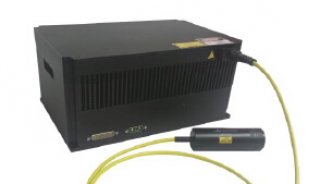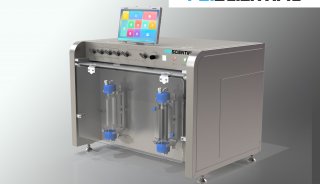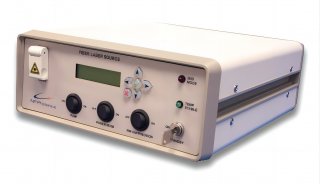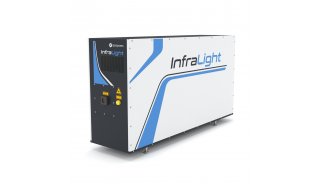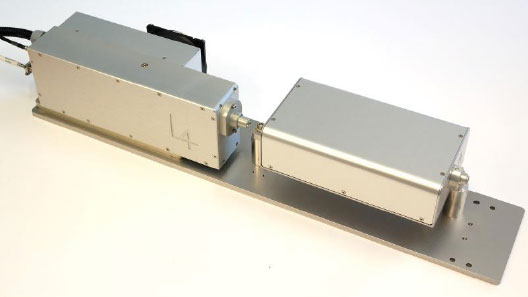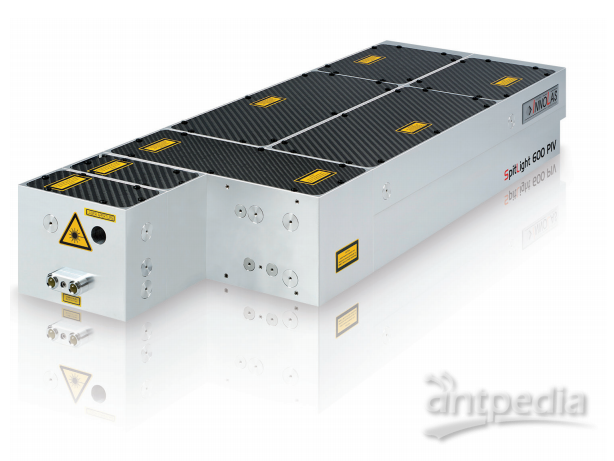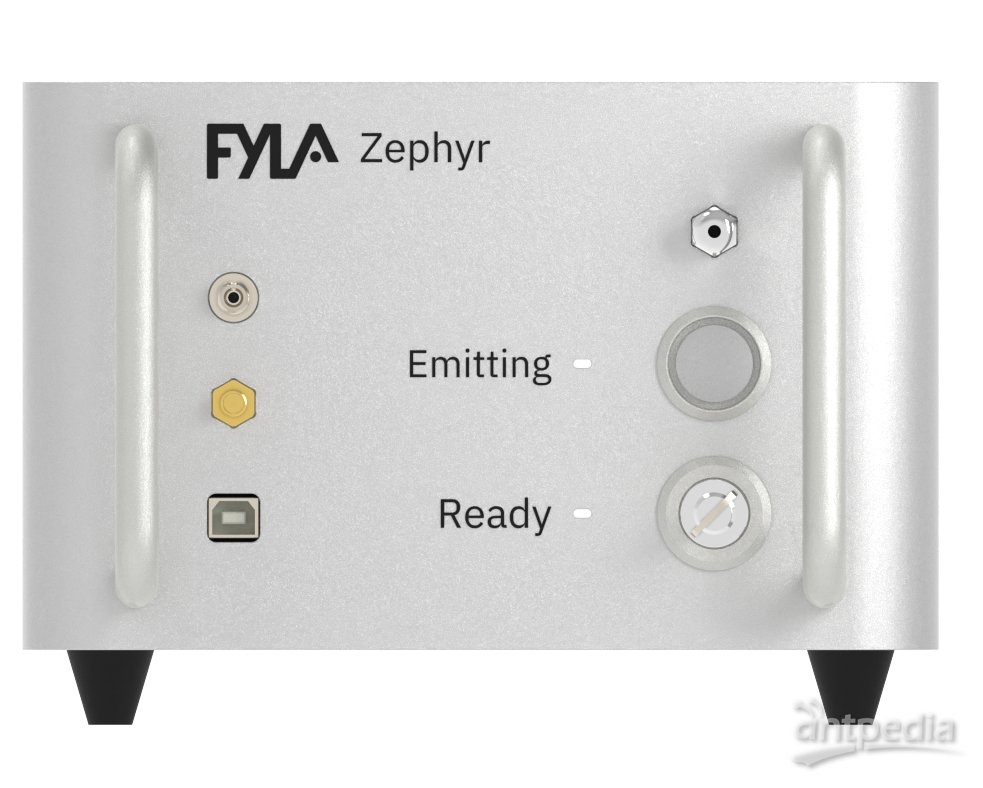Native chromatin immunoprecipitation protocol
实验概要
Native chromatin immunoprecipitation to query specific chromatin states of individual genes.
主要试剂
10 x TBS
0.1 M Tris-HCl (pH 7.5)
1.5 M NaCl
30 mM CaCl2
20 mM MgCl2
50 mM Na butyrate (pH 8.0)
Digestion buffer
0.32 M sucrose
50 mM Tris-HCl (pH 7.5)
4 mM MgCl2
1 mM CaCl2
0.1 mM PMSF
5 mM Na butyrate
Lysis buffer
1.0 mM Tris-HCl (pH7.4)
0.2 mM Na2EDTA 0.2 mM PMSF
5 mM Na butyrate
Incubation buffer
50 mM NaCl
20 mM Tris-HCL (pH 7.5)
20 mM Na butyrate
5 mM Na2EDTA
0.1 mM PMSF
Buffer A
50 mM Tris-HCl, (pH 7.5)
10 mM EDTA
5 mM Na butyrate
50 mM NaCl
Buffer B
50 mM Tris-HCL (pH 7.5)
10 mM EDTA
5 mM Na butyrate
100 mM NaCl
Buffer C
50 mM Tris-HCL (pH 7.5)
10 mM EDTA
5 mM Na butyrate
150 mM NaCl
Protein A Sepharose
Pre-swell protein A Sepharose overnight in buffer A at 4°C. Centrifuge (10,000 x g, 10 min) and resuspend pellet in approximately an equal volume (50% v/v) of buffer A.
实验步骤
1. The preparation of native chromatin from cultured human cells
1) Cultured cells (e.g. HL-60 or lymphoblastoids) are grown to a density of approximately 1 x 106 cells/ml, until they are in log phase.
2) Harvest cells: centrifuge samples (7,000 g, 10 min, 4°C) and wash the cell pellet 3 x ice cold PBS (Phosphate buffered saline). It is essential that 5 mM Na butyrate is present in all solutions throughout chromatin isolation when using antibodies to acetylated histones to prevent deacetylation.
3) Resuspend cell pellet in TBS (Tris buffered saline) at 2 x 107 cells/ml and add an equal volume of 1.0% v/v Tween 40 in TBS. Add PMSF to a final concentration of 0.5 mM. Leave stirring gently on ice for 1 hr (Transfer the suspension into a 50 ml tube with a small magnetic bar or flea; place the tube in ice on top of a magnetic stirrer).
4) Transfer cell lysate to an all-glass homogenizer and homogenize 7 ml aliquots with seven strokes using an ‘A’ or ‘tight’ pestle. Check that nuclei have been released by phase-contrast microscopy; intact cells should have the central dark region of the nucleus surrounded by a halo, which is the less dense cytoplasm.You may have to increase or decrease this homogenization step to maximize the yield of nuclei depending on cell line.
5) Centrifuge samples (10,000 g, 20 min, 4°C).
6) Resuspend nuclei pellet in 25% [w/v] sucrose/TBS at 4x106 nuclei / ml and underlay with 0.5 vol of 50% [w/v] sucrose / TBS; centrifuge the samples (14,000 g, 25 min, 4°C).
7) Discard supernatant and wash nuclei pellet in 5 ml 25% [w/v] sucrose/TBS; centrifuge samples (14,000 x g, 25 min, 4°C).
8) Resuspend nuclei pellet in 5 ml digestion buffer and check absorbance ratios at 260 nm and 280 nm for a diluted sample of the nuclei suspension; calculate the approximate DNA concentration from the A260 reading (the ratio of A260/A280 should be about 1.1). Centrifuge samples (10,000 rpm, 10 min, 4°C) and resuspend the nuclei pellet at 0.5 mg/ml in 1.7 ml Eppendorf tube(s).
2. Micrococcal nuclease digestion
Normally we add 50 U micrococcal nuclease per 0.5 mg DNA, in a reaction volume of 1.0 ml. This is usually provided as a powder; dissolve the micrococcal nuclease in dH 20 to the required concentration and store as small aliquots at -20°C. Aliquots may be re-frozen and re-used once. This step needs to be carefully controlled, especially in the initial preparations.High concentrations of micrococcal nuclease may over-digest the chromatin, leading to sub-nucleosomal particles. You should aim to obtain a long/medium oligonucleosome ladder. If pure mononucleosome preparations are required carry out a linear sucrose gradient (5-20%), this will increase resolution.
1) Perform microccal nuclease digestions at 37°C for 5 min.
2) Stop reaction by addition of 0.2 M EDTA to a final concentration of 5 mM.
3) Place all samples on ice for 5 min; centrifuge samples (8,000 g, 5 min).
4) Remove and keep the first S/N (this is called the S1 fraction; total vol 1.0 ml); store overnight at 4°C.
5) Resuspend the pellet in 1.0 ml Lysis buffer and dialyse overnight against 2 l of the same buffer.
6) After overnight dialysis centrifuge samples (500 g, 10 min, 4°C).
7) Remove and keep the supernatant (called the S2 fraction; total vol about 1.2 ml after dialysis); store at 4°C.
8) Resuspend insoluble pelleted material in 200 μl lysis buffer (called the P fraction).
3. Analysis of soluble chromatin fractions
1) Check A260/A280 in all samples; the ratios for S1, S2 and P fractions are approximately 1.7, 1.5 and 1.3 respectively. Analyze all samples by 1.2% agarose gel electrophoresis.Do not place ethidium bromide in the agarose gel or the electrophoresis buffer, because of the presence of SDS (see below)
2) Preparation of samples: x μl (total of 5 μg) chromatin fraction (S1, S2 and P) y μl dH2O (x y = 25 μl) 3 μl 1% [w/v] SDS (final conc 0.1%) 2 μl gel loading buffer, containing bromophenol blue
3) Stain the gel with 0.5 μg/ml ethidium bromide after the run has finished.
4. Immunoprecipitation
1) 100-200 μg unfixed chromatin 100-200 μl affinity purified antibody (50-100 μg Ig) and the final volume made up to 1.0 ml with incubation buffer. A negative control, with no added antibody, also needs to be set up to test for any nonspecific binding of the chromatin to the protein A Sepharose.
2) Incubate overnight at 4°C on a slow rotating turntable. Add 200 μl 50% v/v protein A Sepharose; use a siliconized pipette with the tip cut off to make this step easier. Incubate for 3 h at room temperature on a fast rotating turntable. (Make sure that the Sepharose is in a suspension at all times).
3) Centrifuge samples (3,000 g, 10 min, 4°C), remove and keep the S/N; this is the unbound (or “U”) fraction.
4) Resuspend the Sepharose pellet in 1 ml buffer A and layer onto 9 ml of the same buffer using a siliconised pasteur pipette and siliconized 15 ml tube.
5) Centrifuge samples (10,000 g, 10 min, 4°C), discard the S/N and wash the Sepharose sequentially in 10 ml buffer B and buffer C.
6) Finally, resuspend the Sepharose in 1 ml buffer C and transfer back to siliconized Eppendorfs.
7) Centrifuge samples (3,000 g, 10 min, 4°C) and resuspend the sepharose pellet in 250 μl 1.0% SDS / incubation buffer and incubate for 15 min at RT on a fast turntable. (Ensure that the Sepharose is thoroughly resuspended at all times).
8) Centrifuge the samples (3,000 g, 10 min, 4°C) and remove and keep S/N; this is the bound (or “B”) fraction.
9) Wash the sepharose in 250 μl 1.0% SDS / incubation buffer and centrifuge immediately (3,000 g, 10 min, 4°C). Remove the S/N and pool with the previous bound fraction from the previous step.
5. DNA Isolation
Add 500 μl incubation buffer to each bound fraction, to reduce the SDS concentration to 0.5% SDS.Unbound and bound fractions then treated as follows:
1) Add 0.33 vol (330 μl) phenol/chloroform; vortex and spin (13,000 rpm, 10 min, microcentrifuge). Keep the organic phase and interface; this is used to isolate immunoprecipitated proteins (see below).
2) Transfer the aqueous supernatant to an equal volume (1.0 ml) of phenol/chloroform; vortex and spin (13,000 rpm, 10 min, microcentrifuge)
3) Transfer supernatant to an equal volume (1.0 ml) of chloroform; vortex and spin (13,000 rpm, 10 min, microcentrifuge)
4) Transfer S/N to a clean centrifuge tube and add 0.1 vol (100 μl) 4 M LiCl, 50 μg glycogen (Molecular biology grade, dissolved in dH20 at 2 mg/ml) as a carrier and 4 vol of ethanol. Vortex thoroughly and leave at -20°C overnight.
5) Centrifuge samples (13,000 g, 15 min) to precipitate the DNA.
6) Wash the pellet with 70% ethanol and redissolve the DNA in 250 μl TE buffer.
7) Store samples at -20°C or proceed with detection method (PCR, microarray, etc).
8) PCR is used to quantify DNA levels of specific loci. This is analyzed semi-quantitatively (analyses of PCR endproduct by agarose gel) using primers which can be designed using this tool. Alternatively, DNA levels are quantitatively measured by real-time PCR. Primers and probes are often designed using software provided with the real-time PCR apparatus.
6. Protein Isolation
1) To the first phenol/chloroform phase (see DNA isolation; step1) add 5 μl of a 1 mg/ml solution of BSA (to be used as a carrier), 0.01 vol (4 μl) 10 M H2SO4 and 12 vol of acetone.
2) After precipitation at -20°C wash the protein pellets once in acidified acetone (1:6 100 mM H2SO4:acetone) and 3 times in dry acetone. Proteins can be analyzed by SDS-PAGE.






